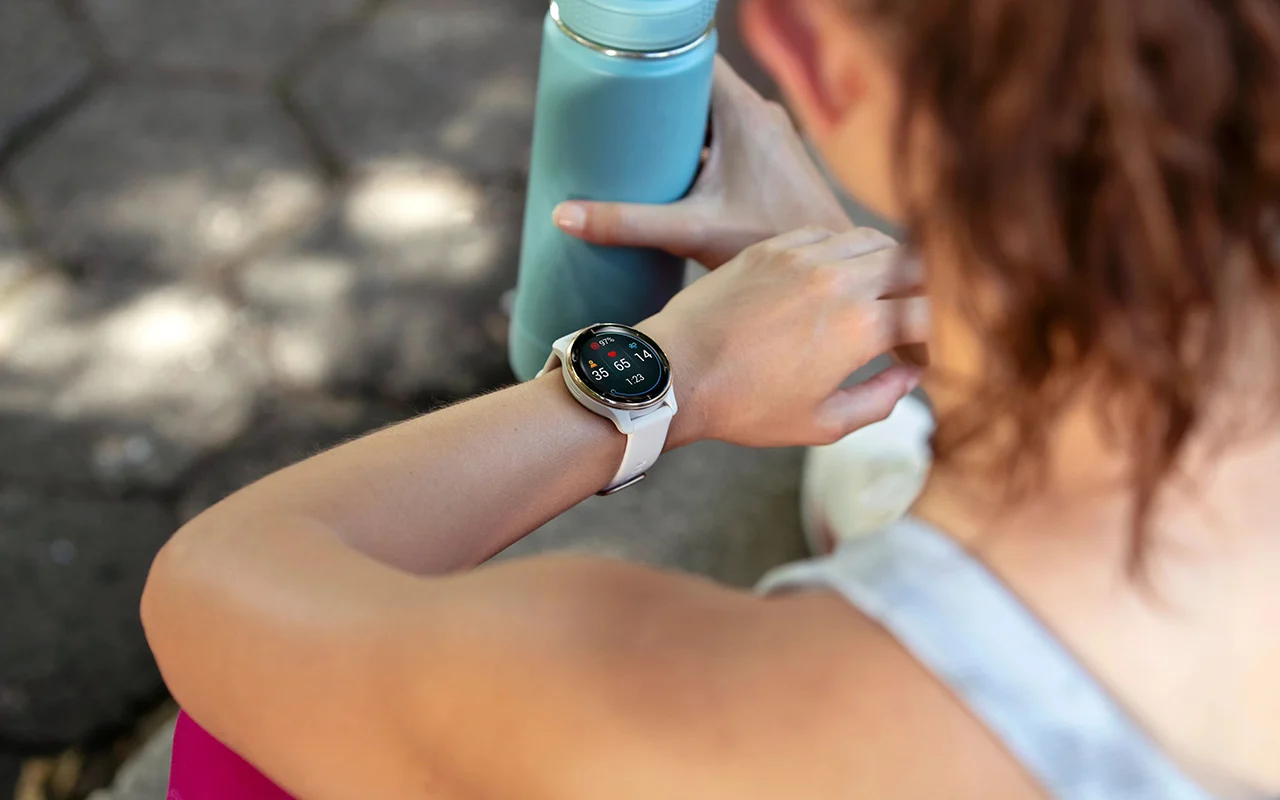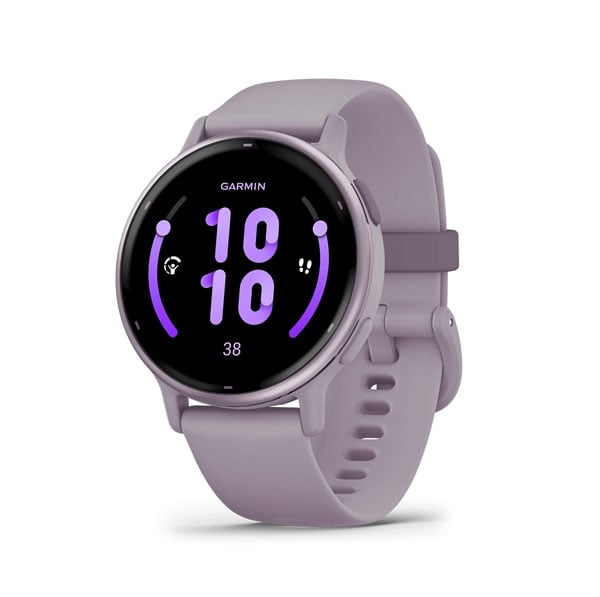
Understanding Pulse Ox on Your Garmin Watch: What Is It and How Does It Work?
The Pulse Oximetry, or Pulse Ox, feature on Garmin smartwatches can offer insights to help support overall well-being.
Whether you’re an athlete striving for peak performance or an individual focused on overall wellness, the Pulse Ox feature1 on compatible Garmin smartwatches can provide valuable insights into your body’s blood oxygen levels. By estimating how much oxygen is in your bloodstream as it travels around your body, Pulse Ox readings can help indicate whether the cells in your body are getting the oxygen they need to function properly.
Also known as SpO2, Pulse Ox uses Garmin sensor technology to help you track your blood oxygen saturation levels both while you’re awake and during sleep. As you breathe, your lungs extract oxygen from the air, which then enters your bloodstream and circulates throughout your body with each heartbeat.
Various factors such as altitude, physical activity and individual health conditions can influence Pulse Ox readings, but medical experts at the Mayo Clinic state that healthy blood oxygen saturation levels often range from 95% to 100%. Pulse Ox readings below 92% may be considered low, according to Yale Medicine, and low readings can be associated with a range of health issues that may require diagnosis and treatment by a healthcare provider.
While your Garmin smartwatch is not considered a medical device and is not intended for monitoring of medical conditions, the Pulse Ox feature can provide valuable data for those pursuing an active lifestyle.
Want to learn more about Garmin Pulse Ox technology? Visit our health science page. Shop Garmin smartwatches here.
1This is not a medical device and is not intended for use in the diagnosis or monitoring of any medical condition; see Garmin.com/ataccuracy. Pulse Ox not available in all countries.







